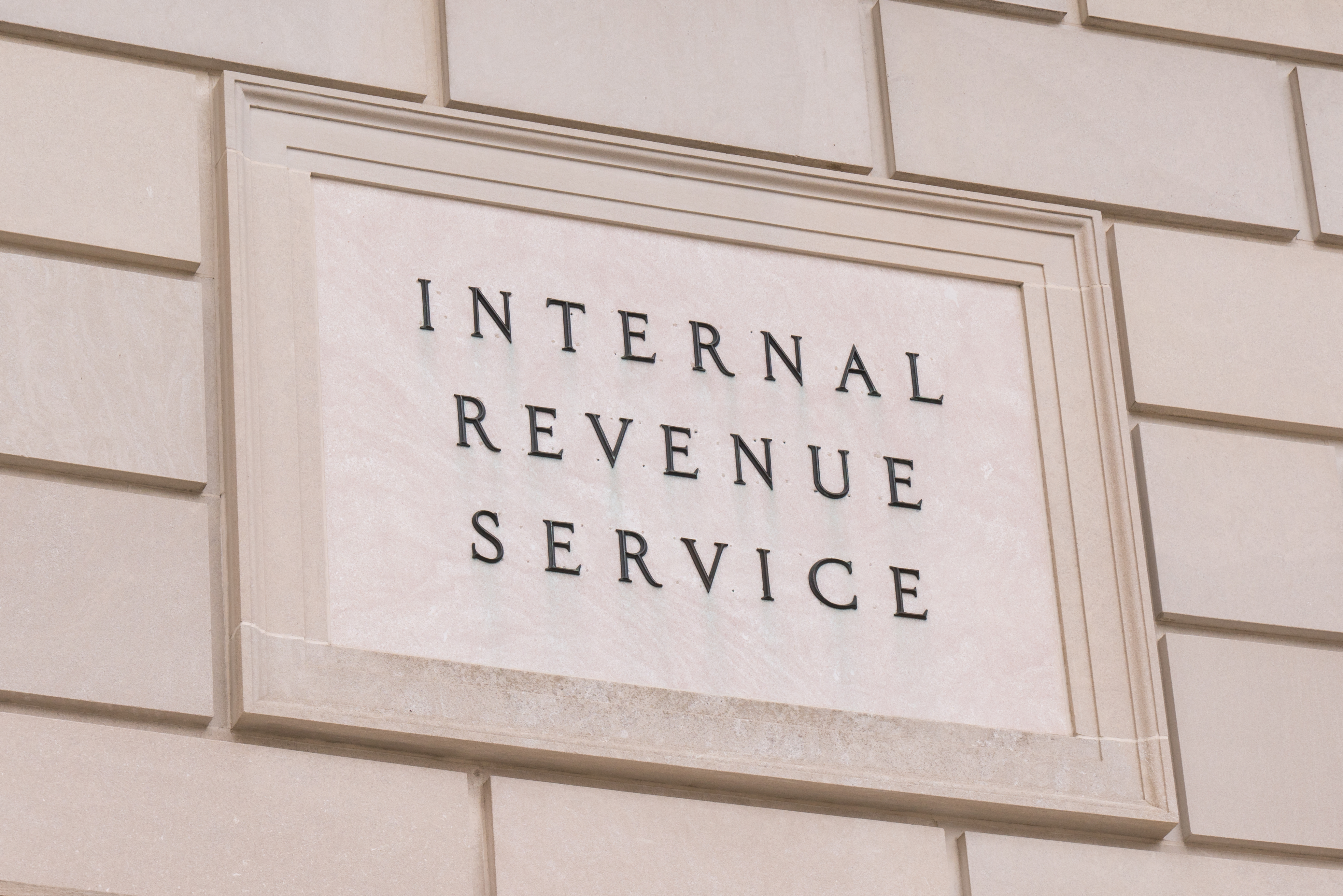
By. Justin DiLauro and Alyssa Honnette
Last Friday, September 8th, the Internal Revenue Service (IRS) published Notice 2023-63, which is the long-awaited “Guidance on Amortization of Specified Research or Experimental Expenditures under Section 174” – only a week before the Subchapter S Corporation filings due on extension on September 15th and after many have already filed for Tax Year 2022.
First, while the timing of this guidance leaves something to be desired, it is important to note that the fault of the incredibly taxpayer-unfriendly Section 174 code section starting in Tax Years 2022 is not the IRS in this instance, but all of our elected representatives in the U.S. Congress. Internal Revenue Code Section 174 as currently enacted serves no good policy reason, and in fact, it is against a good policy and was only put in place in the Tax Cuts & Jobs Act (TCJA) of 2017 for Congressional Budget Office (CBO) considerations and posturing with the American public at that time. To that end, it is recommended to seek information on USA.gov to Find and Contact Your Elected Officials directly to communicate your displeasure with this law and the objective need to fix it retroactively for Tax Year 2022.
While continuing to voice their opinion to Congress, the most prudent business owners and their tax advisors are also recognizing the reality that we are facing with this flawed law and seeking ways to properly amortize pursuant to the law, but not necessarily overstating what is required. To that end, the latest IRS Notice 2023-63 provides promise in some areas, including:
· Narrowing Indirect Labor Costs: While most know at this point that certain R&E Expenses are includable for 174 that are not for 41 Credits, including Rent and Utilities for facilities used in research, the IRS is making clear that using ratios of research to total employees, square footage, etc. are appropriate when adding this additional labor burden, which could make the burden significantly less than some other potential methods.
· Inherent 174 Funding Exclusion: The makes clear that in reviewing 174 Expenses a funded exclusion “similar to the funded research rules under § 41(d)(4)(H)”, which is fantastic news for many companies whose research is truly funded by another or even Architecture, Engineering, and Construction (A/E/C) businesses facing significant sums of potential contractor costs, excluded from Sec. 41 R&D Tax Credit treatment but ambiguous as to Sec. 174 R&E treatment. This makes it clear there is a potential path to exclude 174 costs using a properly funded research analysis.
· IRS Open to Startup and/or Small-Business Exceptions?: In the Notice, the IRS is requesting comments and feedback by November 24, 2023, as to this new guidance, which amongst other things, specifically asks “Should special rules apply to start-up companies or small taxpayers?”. While this can be an indicator of a number of things and may not pan out to anything, this is a fairly clear indication that the IRS does want to enforce the new 174 requirements, but it is willing to be reasonable as to its application.
It is important to note that the IRS still issued this Notice with a posture of enforcement and did double-down on ensuring all software development costs (Sec. 41 Credit eligible or not) are included in Section 174 Amortization, amongst other areas.
To that end, BRAYN Consulting LLC is accepting all feedback from clients and others in an effort to provide a comprehensive and effective response by November 24th, so please reach out to your BRAYNiac contact as soon as possible to discuss ways our team can be of service to you.
IRS Circular 230 Disclosure – To ensure compliance with requirements imposed by the IRS, we inform you that any U.S. tax advice contained in this communication (including any attachments) is not intended or written to be used, and cannot be used, for the purpose of (i) avoiding tax-related penalties under the Internal Revenue Code, or (ii) promoting, marketing, or recommending to another party any transaction or matter addressed herein.
CONNECT WITH US